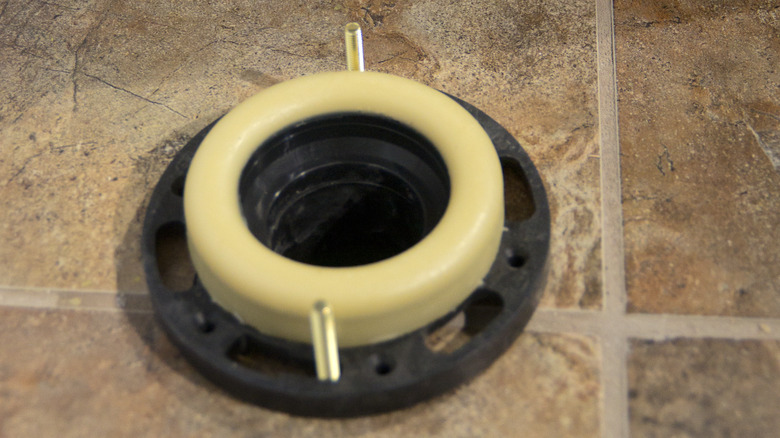What Is A Toilet Flange Extender, And How To Know If You Need One
Ah, the rollercoaster of owning a home. One moment you're admiring your newly painted walls, and the next, you're knee-deep in toilet troubles. Imagine you've just completed a bathroom makeover when you discover your toilet's flange is too low. And if your porcelain throne is wobbly or leaky? Things just got much worse. Enter the unsung hero of bathroom plumbing: the toilet flange extender or toilet flange riser. It's a plumbing accessory designed to elevate the height of your toilet flange to ensure a secure, leak-free connection between your toilet and the sewer pipe.
Signs indicating you need to raise your toilet flange include a wobbly toilet, unpleasant odors wafting from the bathroom, or even water seeping around the base of your toilet. Installing a toilet flange extender requires a bit of plumbing prowess, a sharp eye for detail, and proper tools. As for the tools and materials, an adjustable wrench, rug, bucket, old cloth, gloves, silicone sealant, screwdriver, and a compatible toilet extension kit will suffice. And don't forget to turn off the water supply to your toilet unless you fancy a surprise geyser in your bathroom.
When installing a toilet flange extension kit, it's a matter of draining and removing the toilet, assessing the flange situation, mounting the extender to achieve the perfect height and seal, then reattaching the toilet.
Signs you need a toilet flange extender
Skip the detective work and buy a riser if you've recently moved your toilet. Otherwise, channel your inner Sherlock Homes to determine if a flange extender can save your ceramic throne. First up, inspect for water leaks. A low flange lets water trickle out, causing puddles around your toilet's base. That can jeopardize your property's integrity, which leads us to the next clue: soft or saggy flooring near the toilet. Does it feel like you're performing the tango whenever you step into a bathroom with a wooden subfloor? If so, the odds are that water has weakened and warped the wood. A toilet flange extension kit could be the ticket to halt the impromptu bathroom jigs and save your subfloor from a downfall.
Now, let's chat about a stinky issue — sewer gas. Have you been catching whiffs of foul odor wafting from your toilet's base? It's not merely the ghost of past meals returning to spook you. That's sewer gas, and it's not just stinky; it's a health hazard. A low flange creates gaps through which sewer gas escapes, transforming your bathroom into a bonafide gas chamber. Lastly, we have uneven flooring. If your post-renovation bathroom floor looks like a drunk architect designed it, your flange is probably too low. From this stems all the issues already discussed — water leaks, saggy floors, and sewer gas. Investing in a toilet flange extender will help level things out and avert future bathroom catastrophes.
Understanding the toilet flange extender
As briefly discussed, a toilet flange extender's primary purpose is to raise the flange's height above the floor's level. It's easily noticeable as a circular plate with an opening in the center, acting as a bridge between the toilet's drain pipe and the flange itself. That helps create a watertight seal, keeping those pesky leaks and odors at bay. Toilet flange risers are available in stainless steel, plastic, and rubber.
Stainless steel risers are like the Superman of extenders — virtually indestructible. But you might have to dig deeper into your pockets to acquire one. A plastic (PVC) extension kit is like a superhero sidekick, complete with a new flange, a short pipe, and spacers. While PVC is immune to corrosion, it's not quite the Herculean warrior compared to its metal counterparts. Rubber extenders are the stretchy heroes of the bunch, offering flexibility and a snug fit for various gap sizes. However, they may suffer damage from corrosive toilet cleaning products.
So, what should you look for in a toilet flange extension kit? Compatibility is key. Make sure your chosen extender should match your toilet and flange type. Also, extenders vary in thickness, so use a measuring tape to determine the height you wish to bestow upon your flange. The flange riser material matters, too. Each material type has its strengths and weaknesses, so choose wisely.


